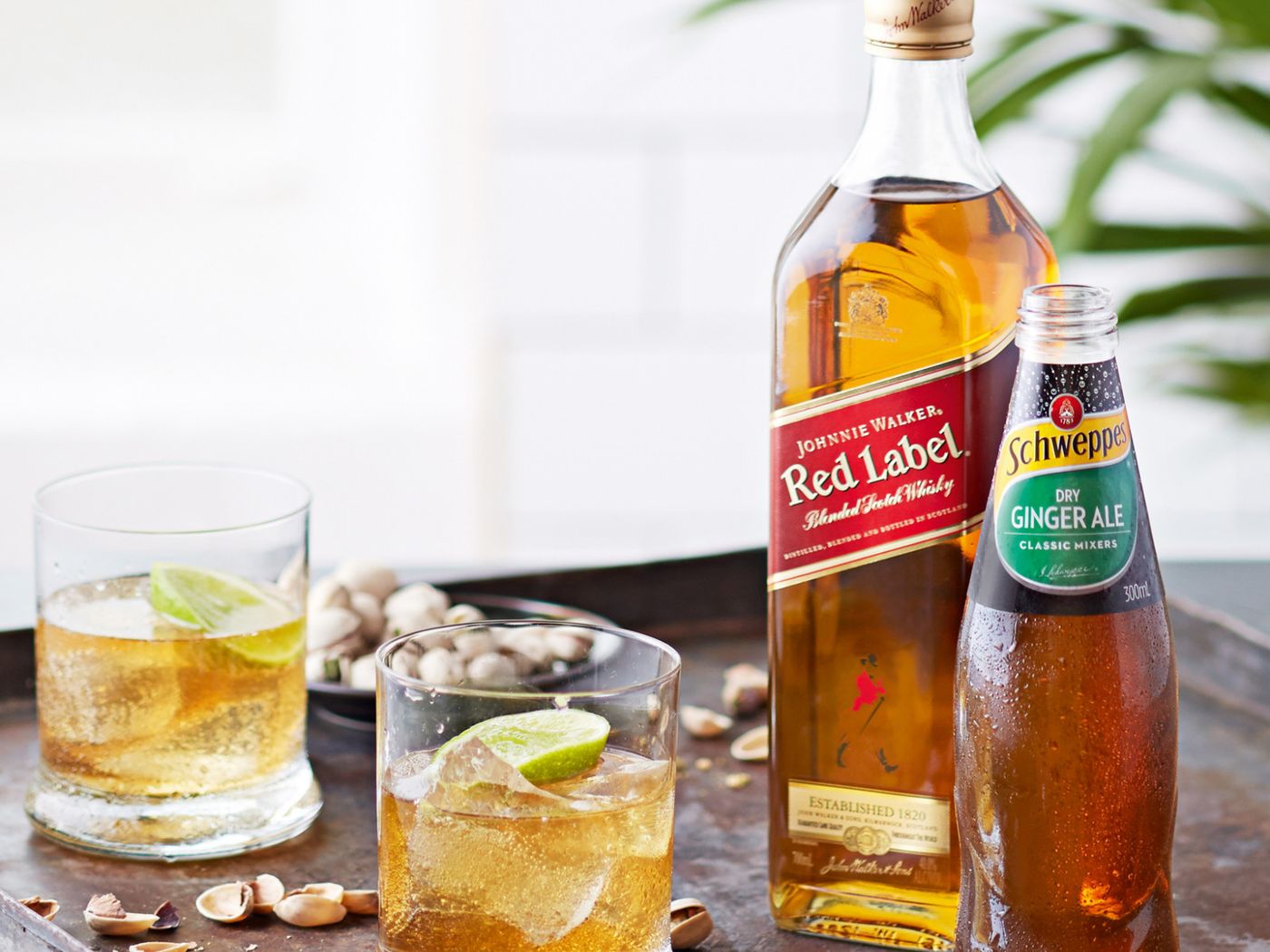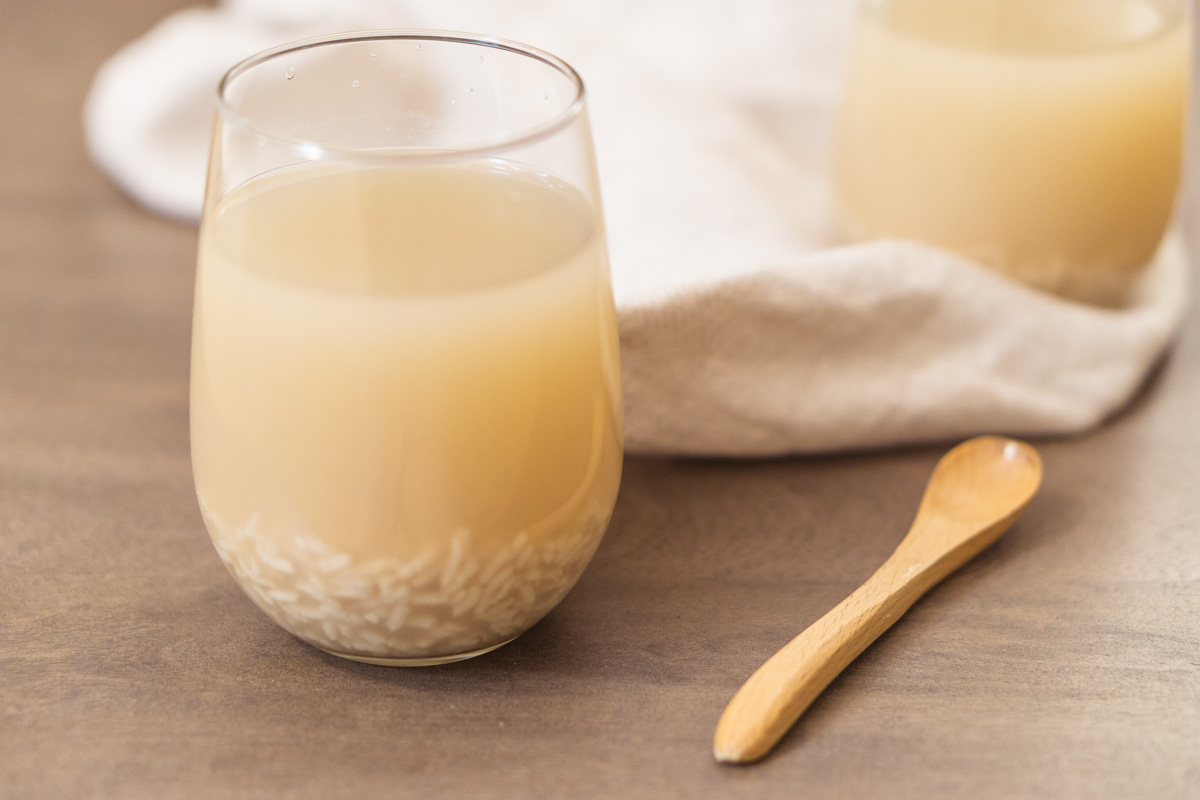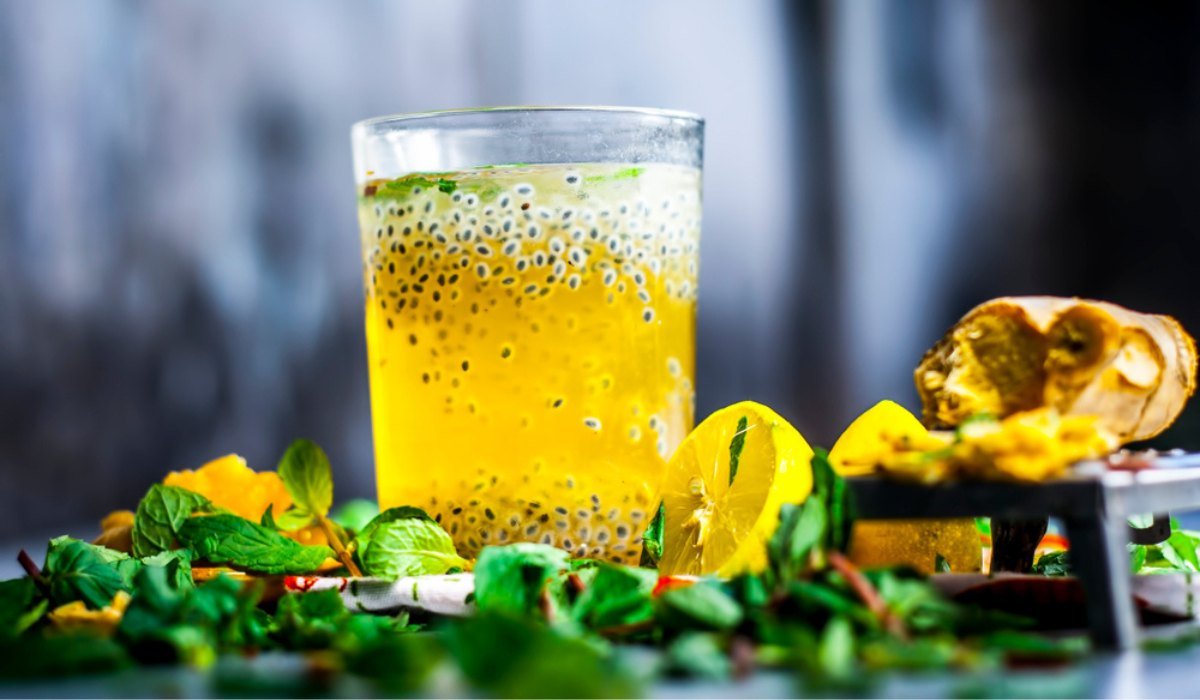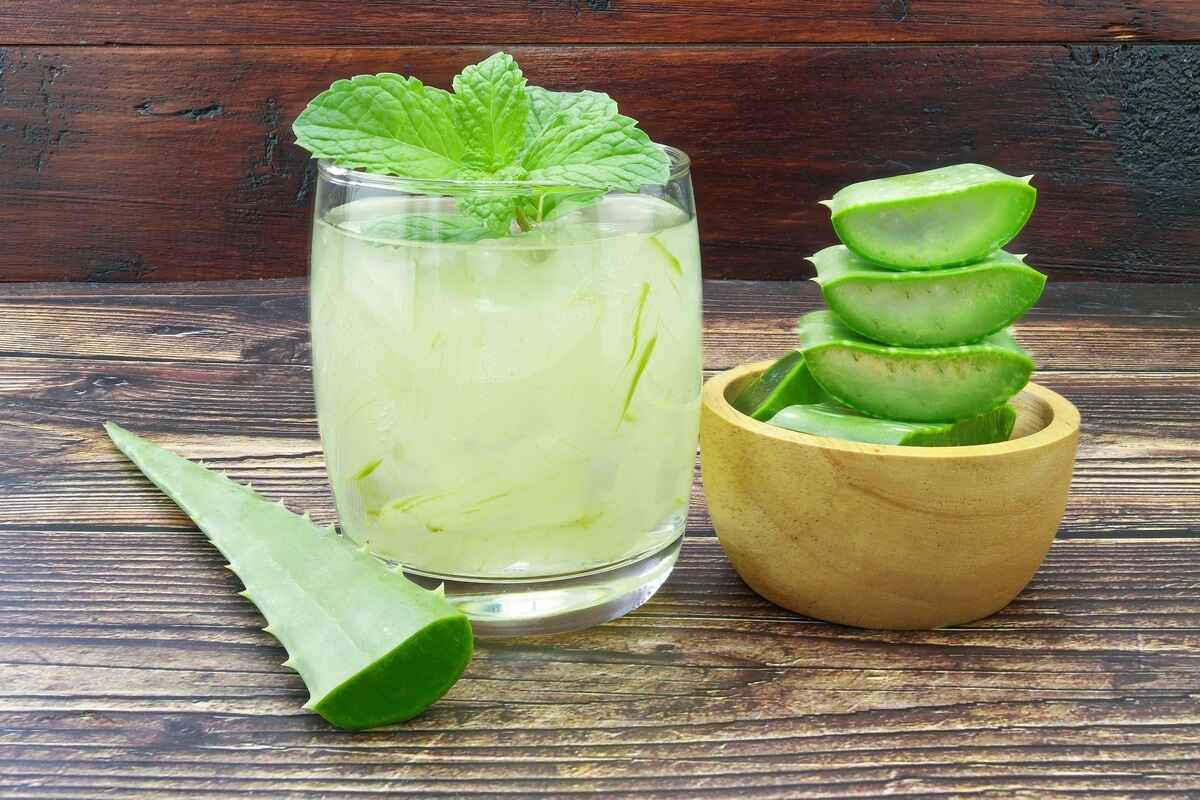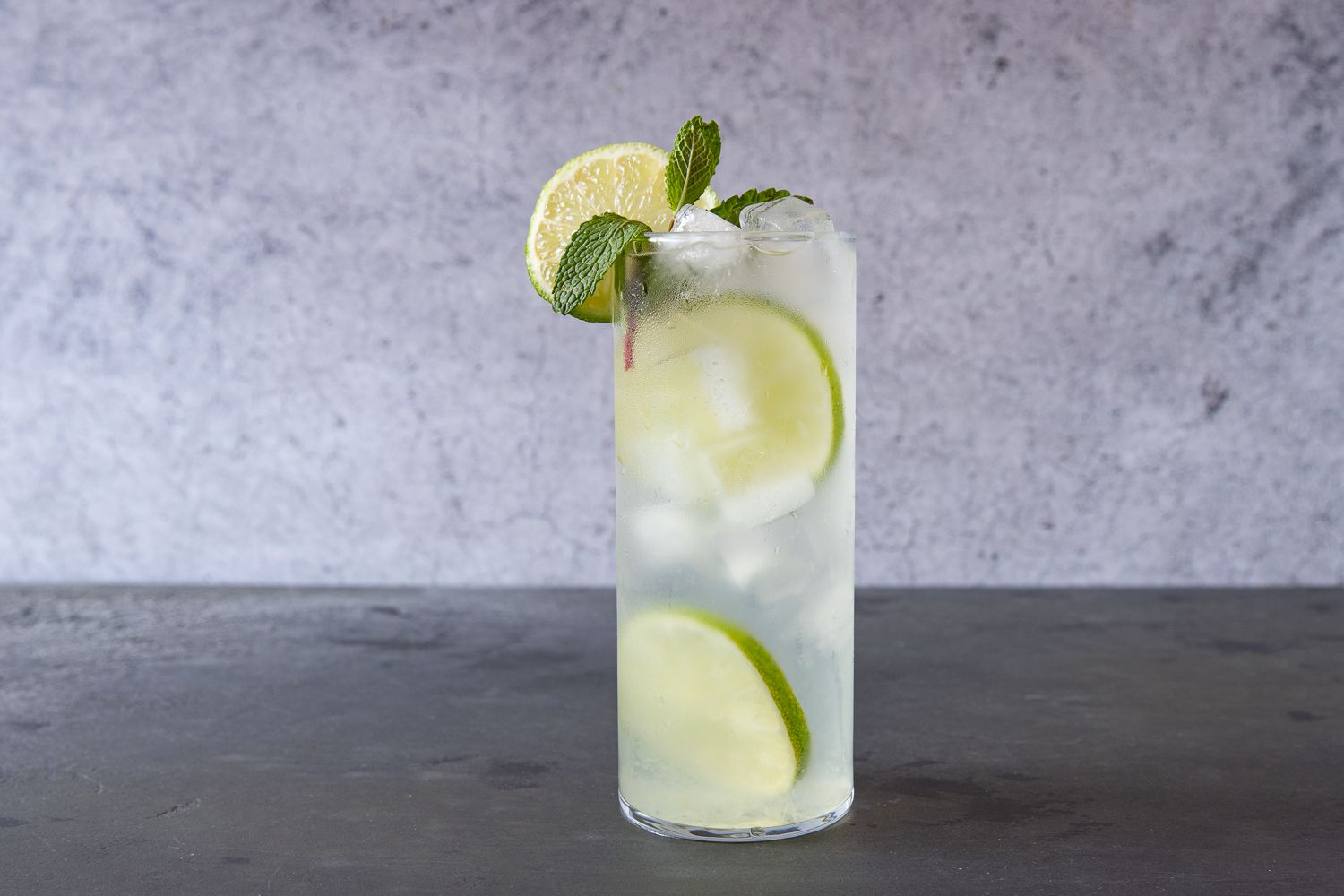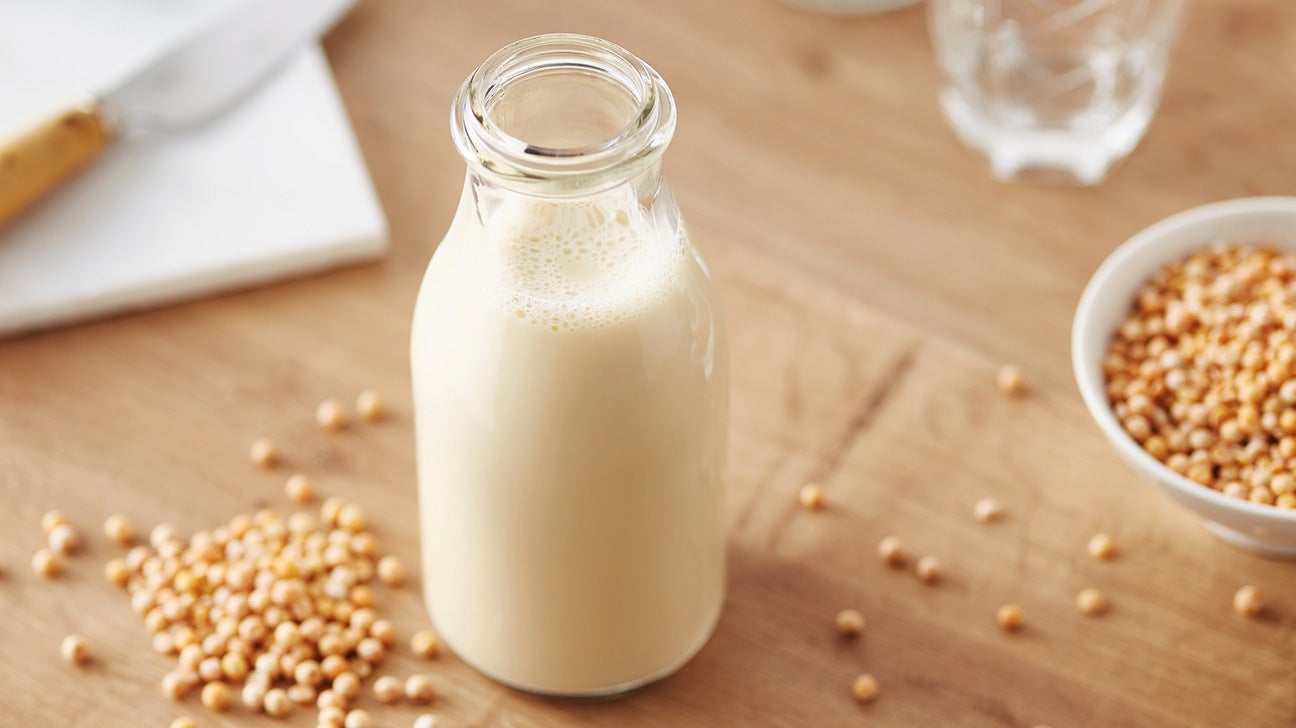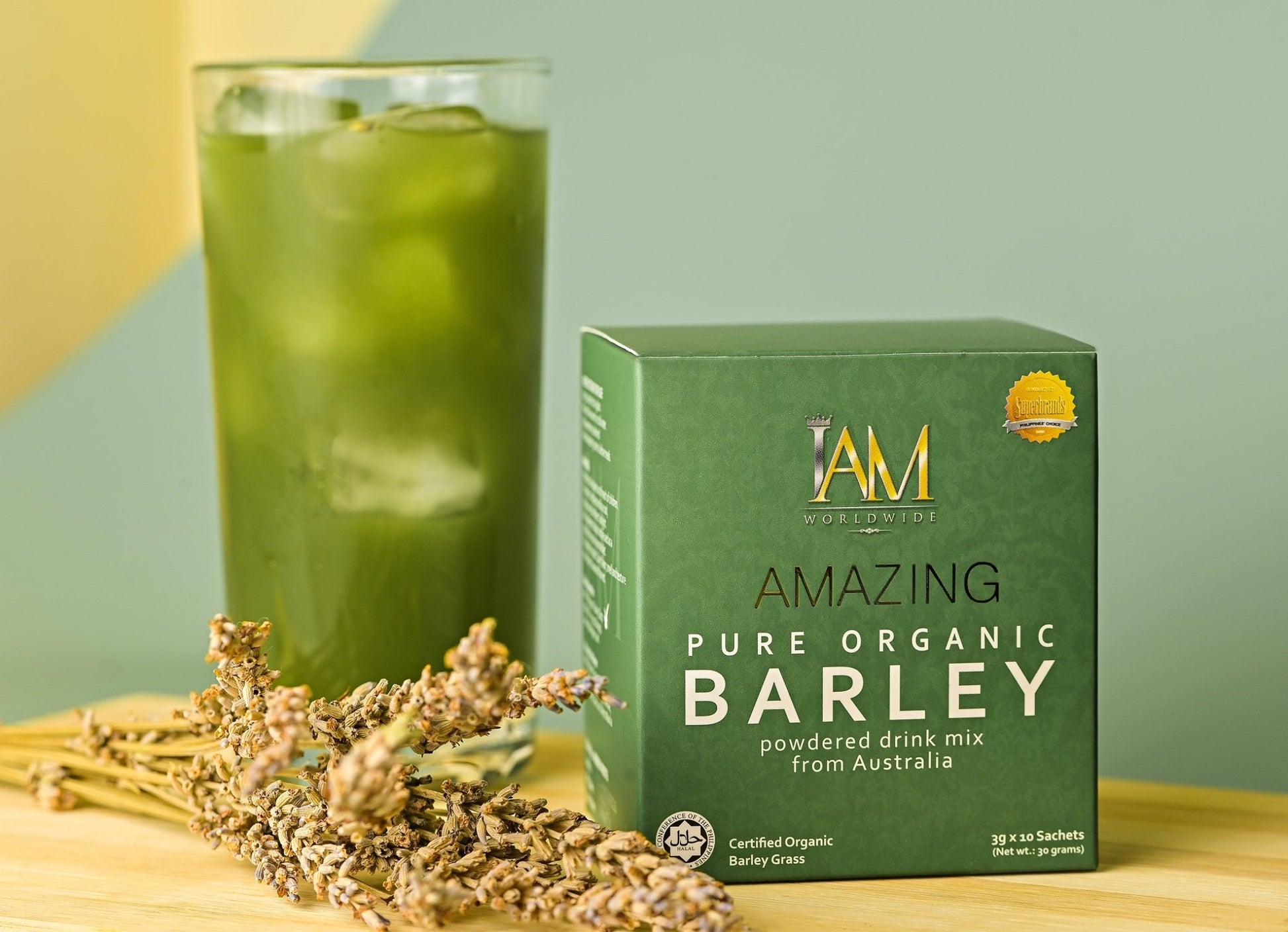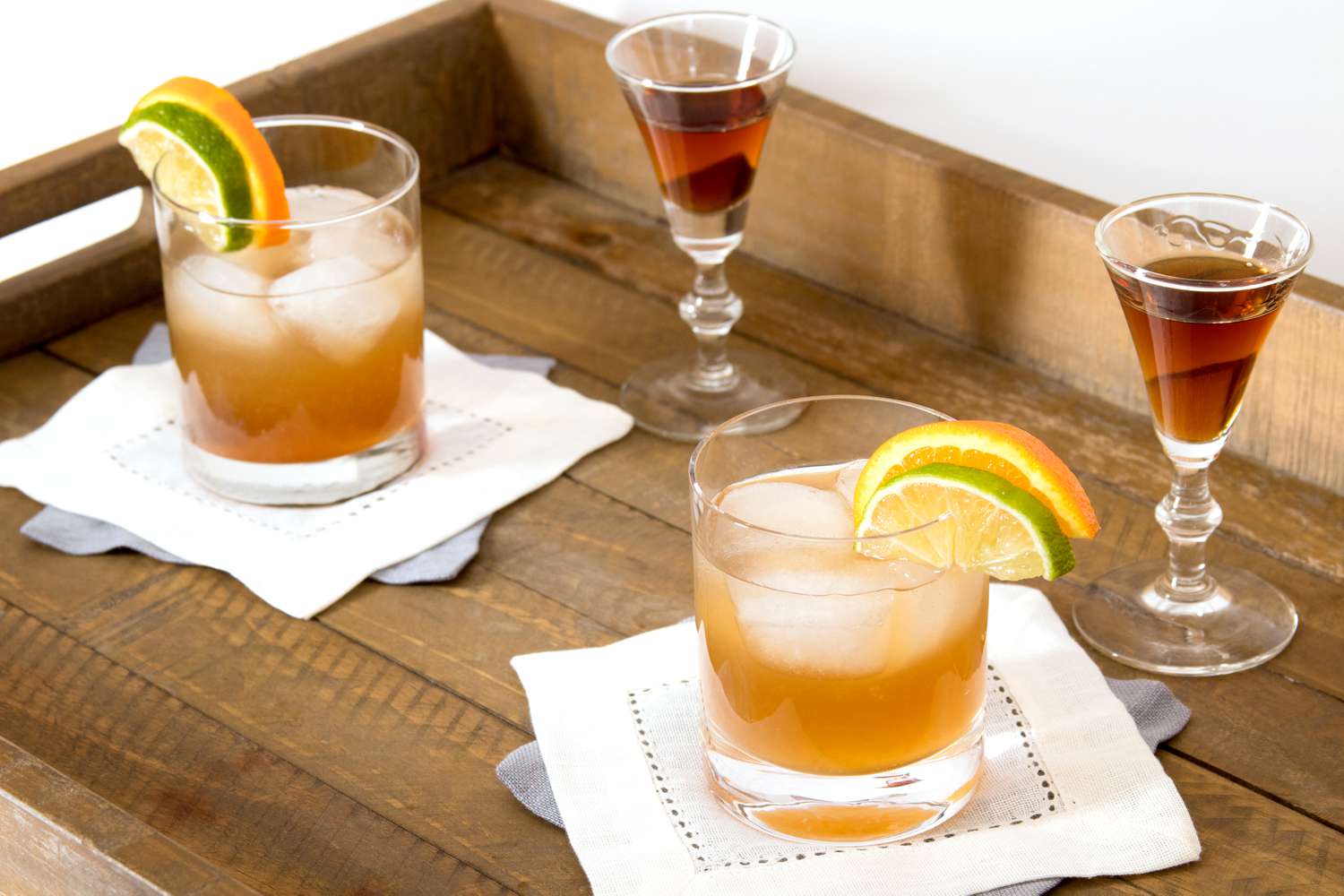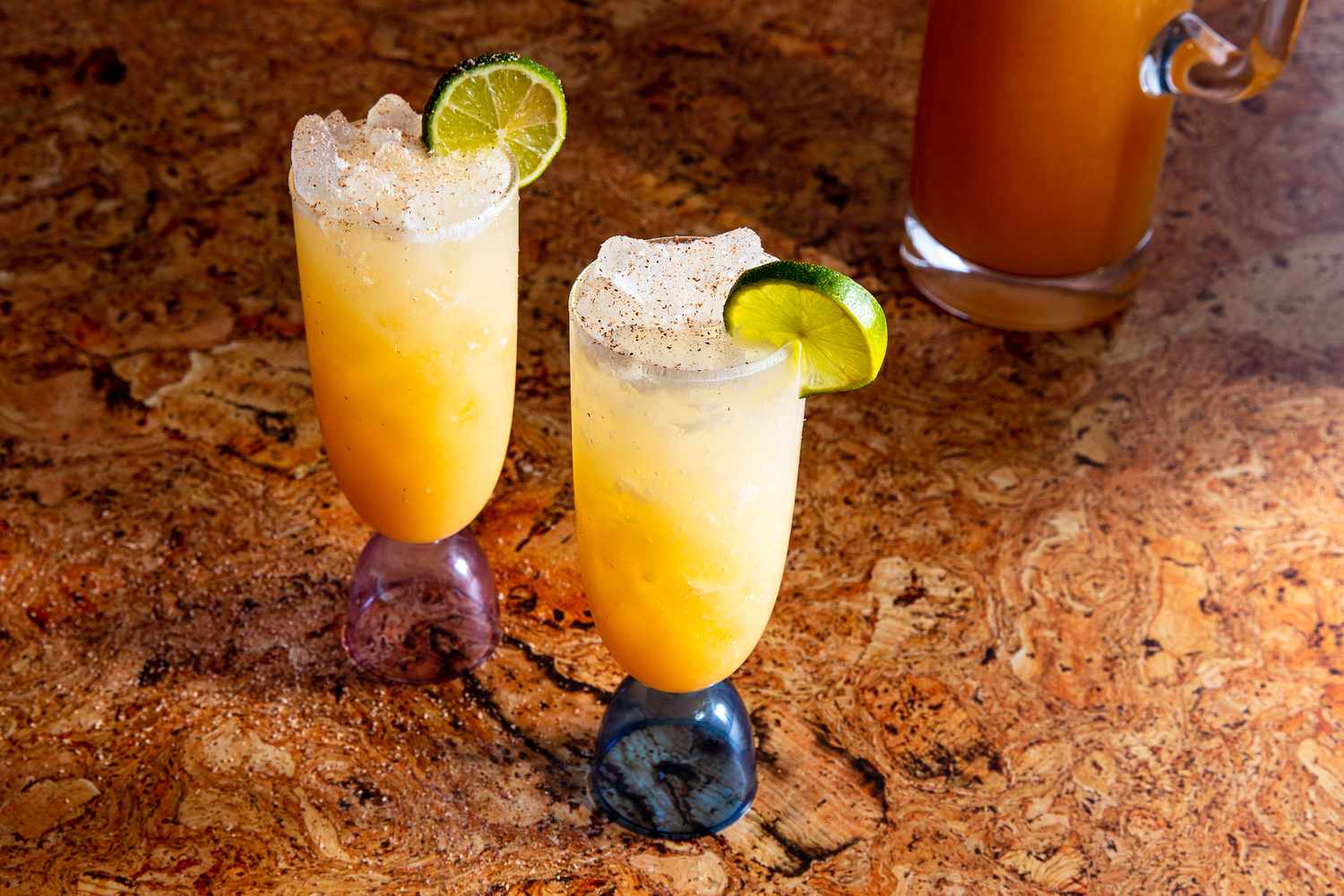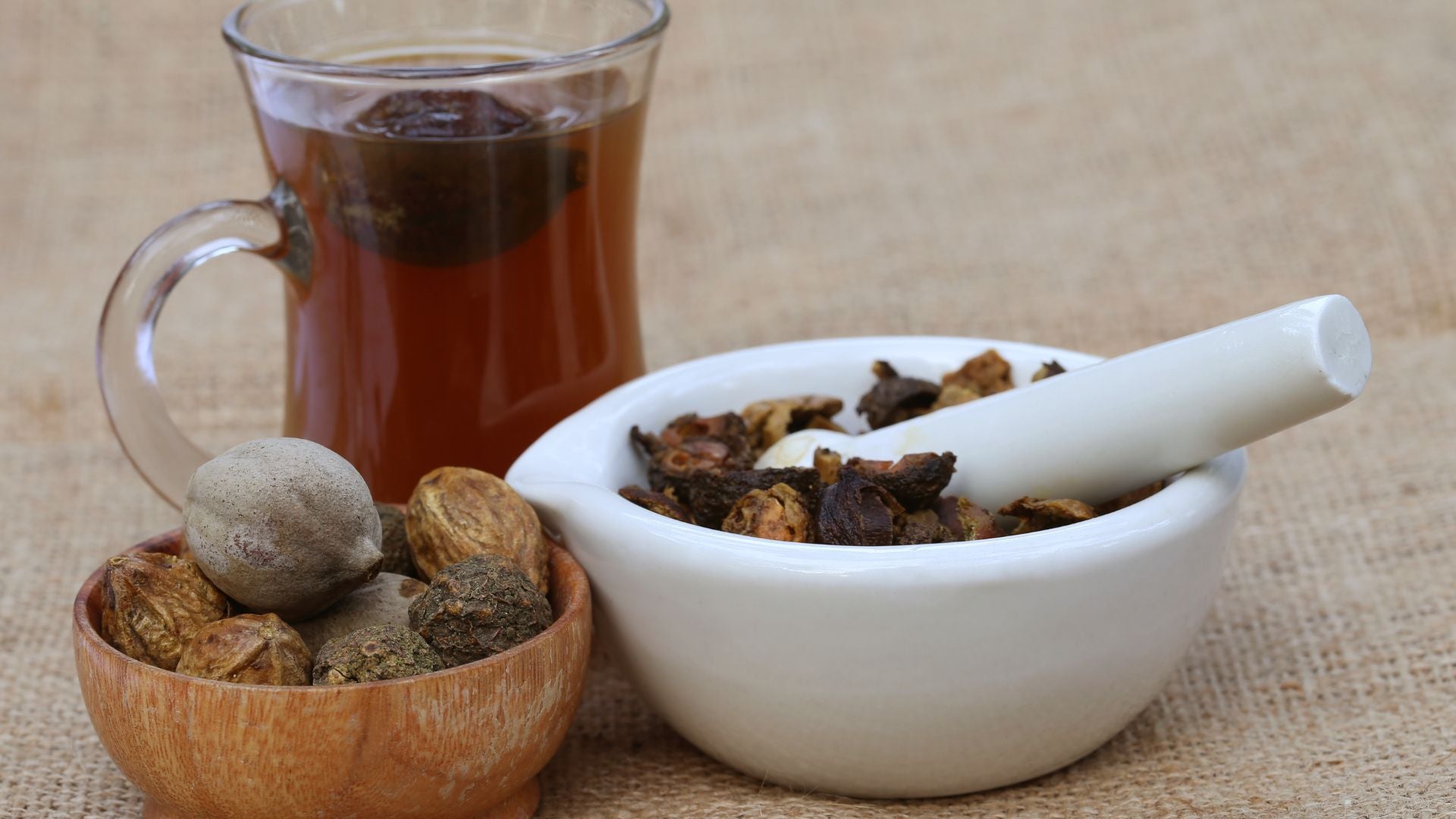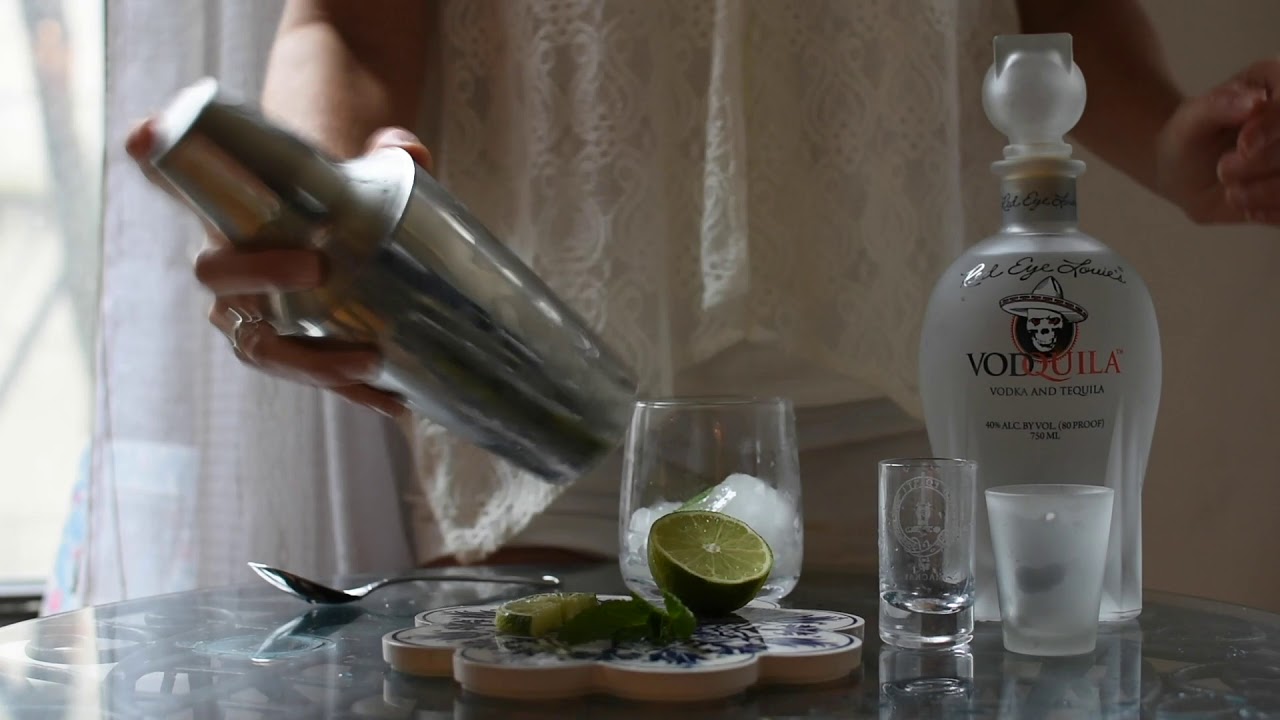How to Enjoy Homemade Limoncello
Homemade limoncello is a delightful and refreshing Italian liqueur that is perfect for sipping on a warm summer evening or as a digestif after a delicious meal. If you’ve recently made a batch of this zesty lemon-infused spirit, you might be wondering how best to enjoy it. Here are some tips on how to drink and savor your homemade limoncello.
Serve it Chilled
The best way to enjoy limoncello is to serve it chilled. Keep your bottle of limoncello in the freezer for a few hours before serving. The cold temperature enhances the refreshing citrus flavors and makes for a more enjoyable drinking experience.
Use the Right Glassware
When it comes to serving limoncello, opt for small, chilled glasses. The traditional choice is a small shot glass or a cordial glass. The small size of the glass helps to maintain the chill of the liqueur and allows you to savor the flavors in small sips.
Add a Twist
For an extra burst of flavor, consider adding a twist of lemon peel to your glass of limoncello. The citrus oils from the peel will enhance the aroma and add a hint of freshness to the drink.
Pair it with Dessert
Limoncello pairs beautifully with a variety of desserts. Its bright, citrusy flavor complements creamy desserts like panna cotta, lemon tart, or vanilla ice cream. The sweetness of the dessert balances the tartness of the limoncello, creating a harmonious combination.
Enjoy it as a Digestif
In Italy, limoncello is often enjoyed as a digestif, a drink that is consumed after a meal to aid digestion. Its citrusy notes can help cleanse the palate and provide a refreshing end to a satisfying meal.
Make a Limoncello Cocktail
If you’re feeling creative, you can use your homemade limoncello to craft a delicious cocktail. Mix it with sparkling water or prosecco for a light and bubbly beverage, or use it as a base for a citrusy martini. The options are endless, so feel free to experiment and find a combination that suits your taste.
Share it with Friends
Limoncello is best enjoyed in good company. Invite some friends over and share your homemade creation with them. Whether you serve it as a palate cleanser between courses or as a standalone after-dinner treat, the experience of enjoying limoncello with friends is sure to be memorable.
Now that you know how to drink and enjoy homemade limoncello, it’s time to pour yourself a glass and savor the bright, citrusy flavors of this classic Italian liqueur. Salute!
Was this page helpful?
Read Next: How To Drink Less Alcohol On A Night Out
